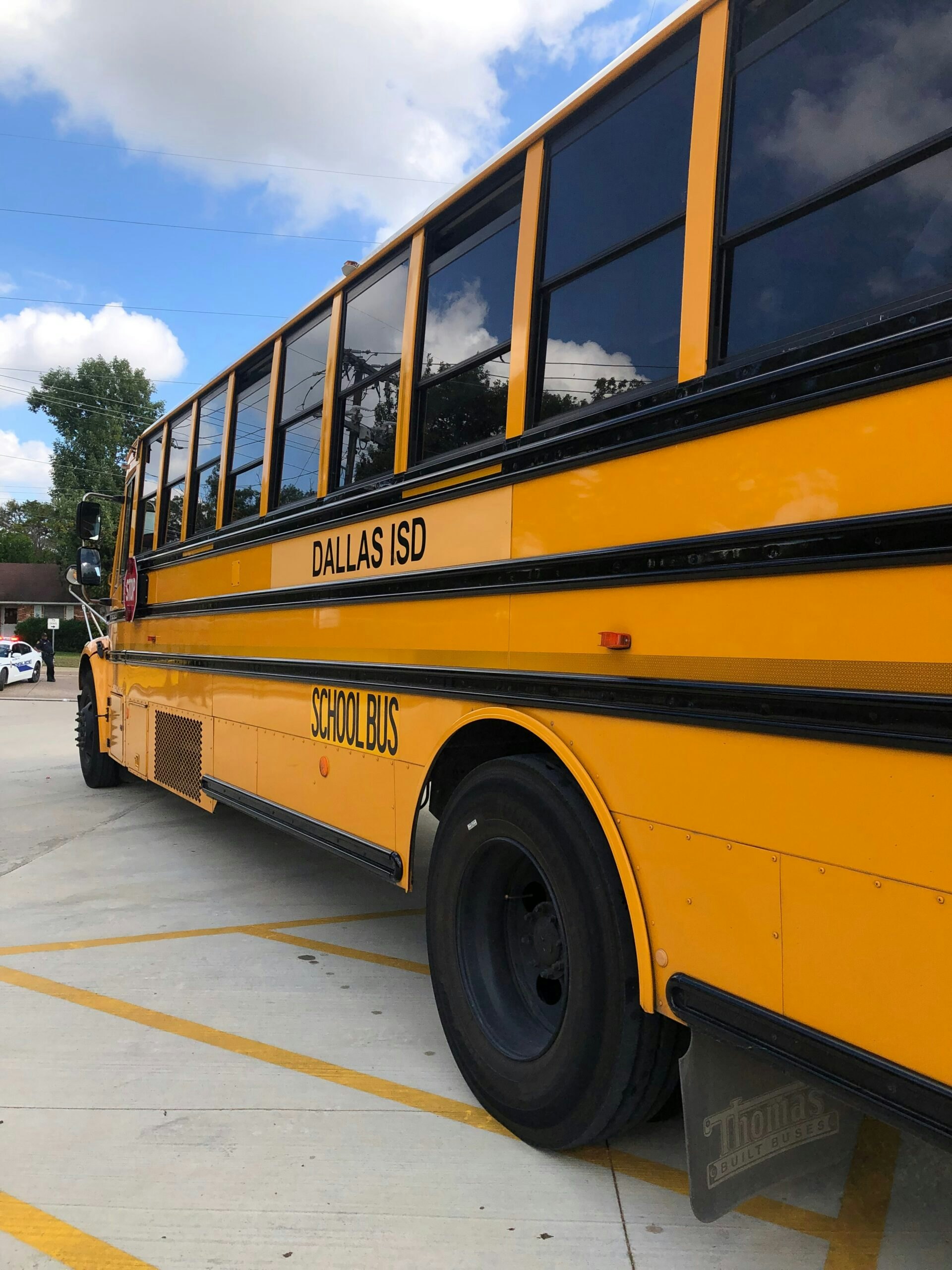America has always been the world’s leader in helping those most in need. And, our economy has always benefited from the vitality and creativity that immigrants bring to our country.
America is a haven for the downtrodden, and the need today is as urgent as ever. The UN Refugee Agency reports that some 25.4 million people worldwide have been displaced from their home countries by persecution, conflict, or violence. America ought to do all it can to welcome those who come seeking a better life.
However, the State Department recently announced it will cut the maximum number of refugees the U.S. will accept for resettlement in 2019 from 45,000 to 30,000. Over the past two decades, the annual ceilings for refugee resettlements have been in the range of 70,000 to 80,000.
The caps are maximums and not necessarily the number of guaranteed resettlements. Through Sept. 14 of this year, fewer than 21,000 refugees were admitted. Given only two weeks remain in the fiscal year, it appears likely the number of resettled refugees will fall far below the allotted maximum cap of 45,000.
Refugees are a subset of immigrants and the new maximum cap of 30,000 is a fraction of the 44.5 million immigrants who currently reside in the United States – not to mention the more than 75 million foreigners who visit the U.S. as tourists, students, and businesspeople in a typical year. But refugee settlement is an aspect of immigration that the administration can easily control, and this change is a strong signal of where the administration wants to lead or lag on immigration.
These low caps and admission rates will impact our economy. As highlighted in The Catalyst, studies show that refugees often contribute millions to the economies of the cities and towns where they settle. After all, refugees are consumers, buying goods and services and thereby increasing aggregate demand. They are also producers who start their own businesses or fill existing jobs, especially service-sector jobs that native-born Americans often prefer to avoid.
Beyond refugees, immigrants as a whole are a powerful economic engine for the United States. According to the George W. Bush Institute’s immigration handbook, immigrants are more likely than native-born Americans to be in the labor force and to be employed, and they start new businesses at nearly twice the rate of their native-born counterparts. They also generate innovative new ideas that power economic growth. It is discouraging to see policy moves such as the recently announced refugee reduction.
More troubling than the reduction itself is the reality that this policy continues a trend that seeks to reduce immigration levels overall.
America has always been the world’s leader in helping those most in need. And, our economy has always benefited from the vitality and creativity that immigrants bring to our country. There is no better way to signal America’s continued commitment than to openly embrace those who most desperately seek a better life in the United States – and no better way to put our economy on a solid, long-term growth track.




























